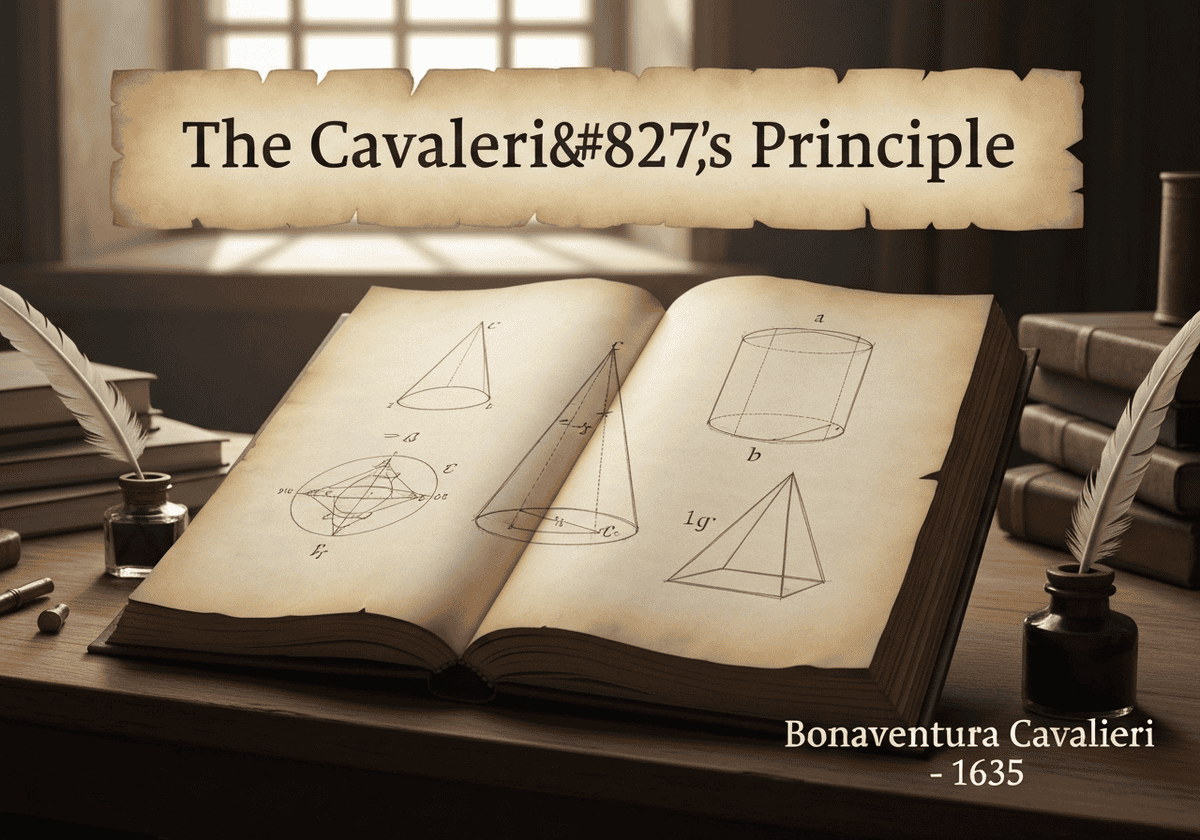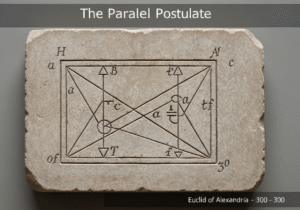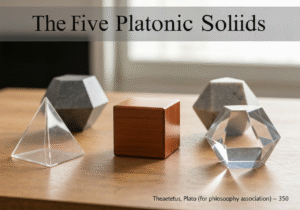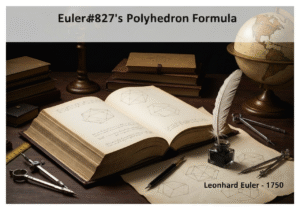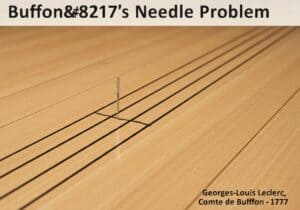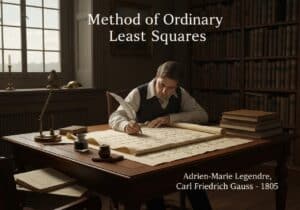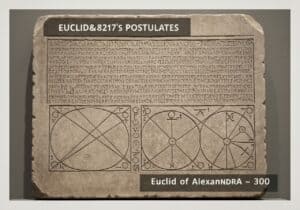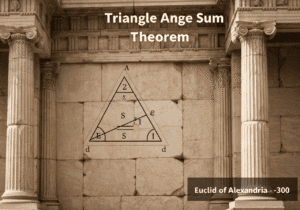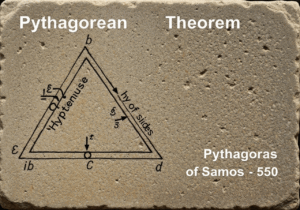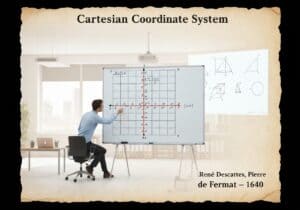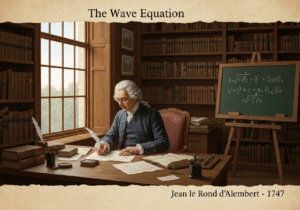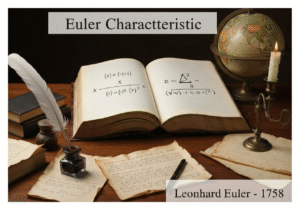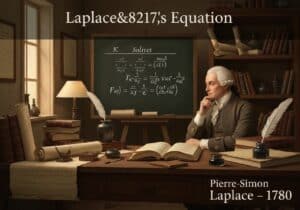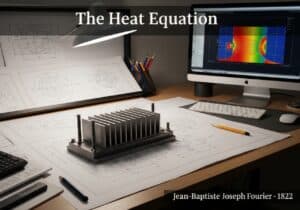Also known as the 方法 of indivisibles, this principle states that if two solids lying between two parallel planes have the property that every plane parallel to the two given planes intersects them in cross-sections of equal area, then the two solids have equal volumes. It provides a powerful method for calculating volumes of complex shapes without calculus.
Cavalieri’s principle offers an elegant and intuitive way to determine the volume of three-dimensional objects. It formalizes the idea of slicing a solid into an infinite number of infinitesimally thin cross-sections, or “indivisibles.” The core idea is that if you have two solids, and for every possible height, the cross-sectional area of the first solid is equal to the cross-sectional area of the second solid, then their total volumes must be the same. It’s like comparing two stacks of coins; if each coin in one stack has the same area as the corresponding coin in the other stack, the total volume of metal is the same, regardless of how the stacks are skewed or arranged.
A classic application of this principle is to find the volume of a sphere. Consider a hemisphere of radius [latex]r[/latex]. Its cross-sectional area at a height [latex]h[/latex] from the base is a circle with area [latex]A = \pi(r’)^2[/latex]. By the Pythagorean theorem, [latex]h^2 + (r’)^2 = r^2[/latex], so [latex](r’)^2 = r^2 – h^2[/latex]. Thus, the area is [latex]A = \pi(r^2 – h^2)[/latex]. Now, consider a cylinder of radius [latex]r[/latex] and height [latex]r[/latex], with an inverted cone of the same radius and height removed from its center. The cross-sectional area of this shape at height [latex]h[/latex] is the area of the larger circle (from the cylinder) minus the area of the smaller circle (from the cone). This gives [latex]A = \pi r^2 – \pi h^2 = \pi(r^2 – h^2)[/latex].
Since the cross-sectional areas are identical at every height [latex]h[/latex], Cavalieri’s principle states that the volume of the hemisphere is equal to the volume of the cylinder-minus-cone shape. The volume of the cylinder is [latex]\pi r^2 \cdot r = \pi r^3[/latex], and the volume of the cone is [latex]\frac{1}{3}\pi r^2 \cdot r = \frac{1}{3}\pi r^3[/latex]. Therefore, the hemisphere’s volume is [latex]\pi r^3 – \frac{1}{3}\pi r^3 = \frac{2}{3}\pi r^3[/latex]. The volume of the full sphere is twice this, or [latex]\frac{4}{3}\pi r^3[/latex]. This method, developed by Bonaventura Cavalieri in the 17th century, was a significant step towards the development of integral calculus by Newton and Leibniz.

